Australian minister heads to China for ‘barrier-free’ trade
After years of sanctions and unofficial bans, Australia’s trade minister has traveled to Beijing to remove all barriers to Chinese imports.
Trade Minister Don Farrell said his main aim was to secure unrestricted trade with China.
In a statement on the eve of Friday’s meeting, he said that he will strongly advocate for the full resumption of unhindered Australian exports to China in all sectors.
Farrell, who is scheduled to meet with Chinese Commerce Minister Wang Wentao, said full trade opening would benefit exporters and manufacturers in both countries.
David Olsson, president of the Australia-China Business Council, said the meeting represented a significant step forward in rebuilding relations between the two countries.
He said that it will be the first face-to-face meeting between the trade ministers of the two countries since 2019.
“We recognize that this won’t happen overnight, but the removal of the trade obstacles affecting Australian exporters would be seen as an important step in rebuilding confidence and trust,” Olsson said.
China slapped heavy tariffs on key Australian exports such as barley and beef in 2020, signaling its readiness to use its economic power at the height of a bitter dispute with the former conservative government.
It also halted imports of some of Australia’s most important exports, including coal, curbing billions of dollars in trade.
China had been angered by Australia’s laws against overseas influence operations, Huawei’s ban from G5 contracts and its demand for an independent investigation into the origins of the Covid-19 pandemic.
Australia also complained to the World Trade Organization, claiming that China violated international obligations by artificially increasing tariffs “without justification”.
Cold relations between the two countries appear to have thawed since Australia’s center-left government took a less confrontational approach to China after an election a year ago.
Chinese President Xi Jinping called for “improvement” and “development” of relations with Australia in November 2022 in a meeting with Australian Prime Minister Anthony Albanese.
It was the first official meeting between the two countries in more than 5 years.
“The Australian government is pleased there have been several positive trade developments, including the resumption of coal, cotton, and copper trade and China’s agreement to undertake an expedited review of duties on Australian barley,” Farrell said.
Even with the remaining restrictions, bilateral trade between the countries was worth $195 billion last year.
In the meantime, Australia is facing a difficult task. China is its largest trading partner, but also a rival for diplomatic and military influence in the South Pacific region.
Canberra angered Beijing in March when it announced it would acquire nuclear submarines in a deal with the United States and Britain as part of an ambitious plan to boost Western power in the Asia-Pacific.
VIDEO | Kashmir remembers Hazrat Fatima Zehra as a symbol of resistance.
VIDEO | Iran’s defense minister wraps up strategic visit to Damascus
VIDEO | Australia slightly alters arms exports to Israel amid waves of protests
Resistance movements condemn Israeli killing of Hezbollah spokesman
Biden allows Ukraine to use US missiles to strike inside Russia: Sources
OIC condemns Israel’s war crimes against Palestinians in Gaza
Iran FM slams reported EU plans to impose sanctions on IRISL
VIDEO | Press TV's News Headlines


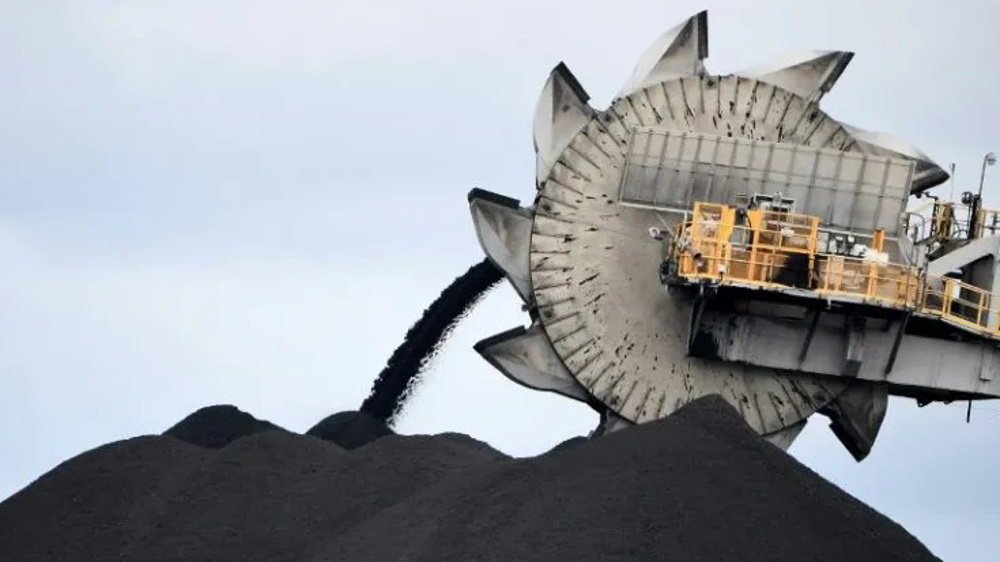
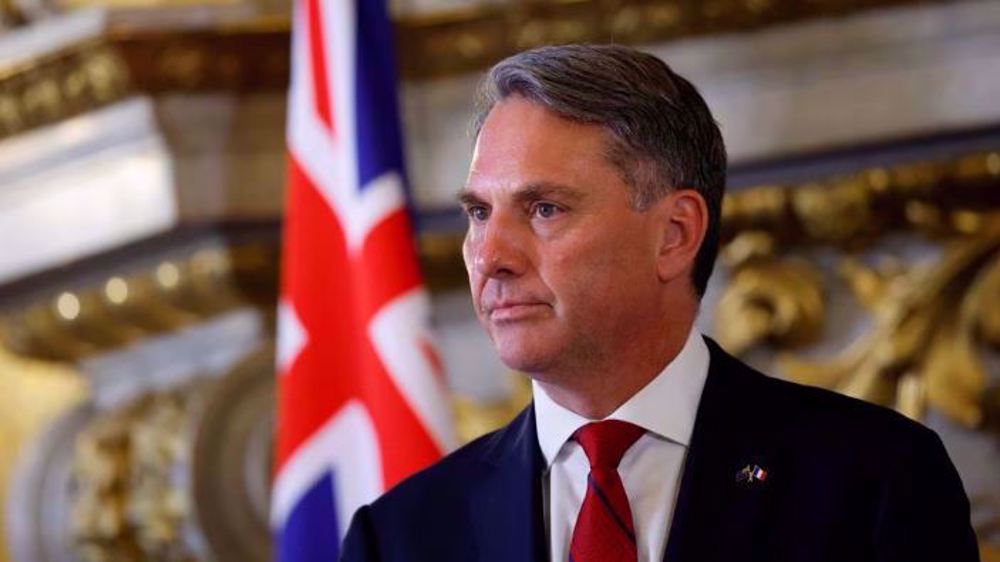

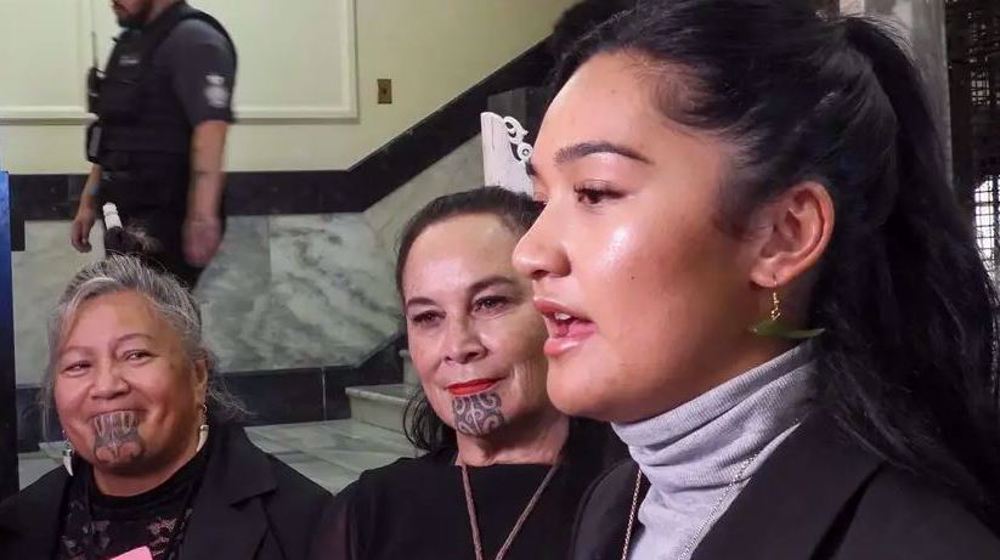
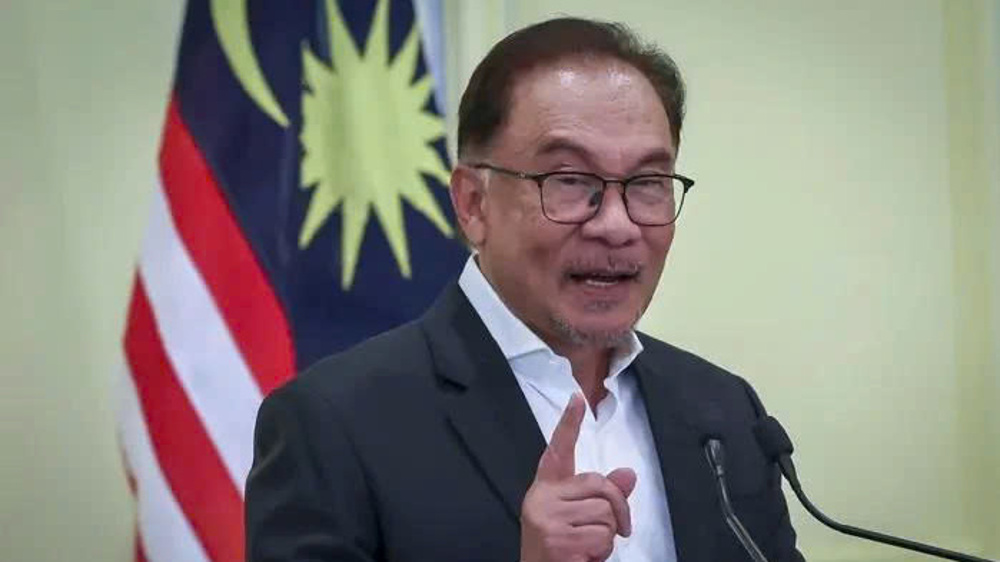




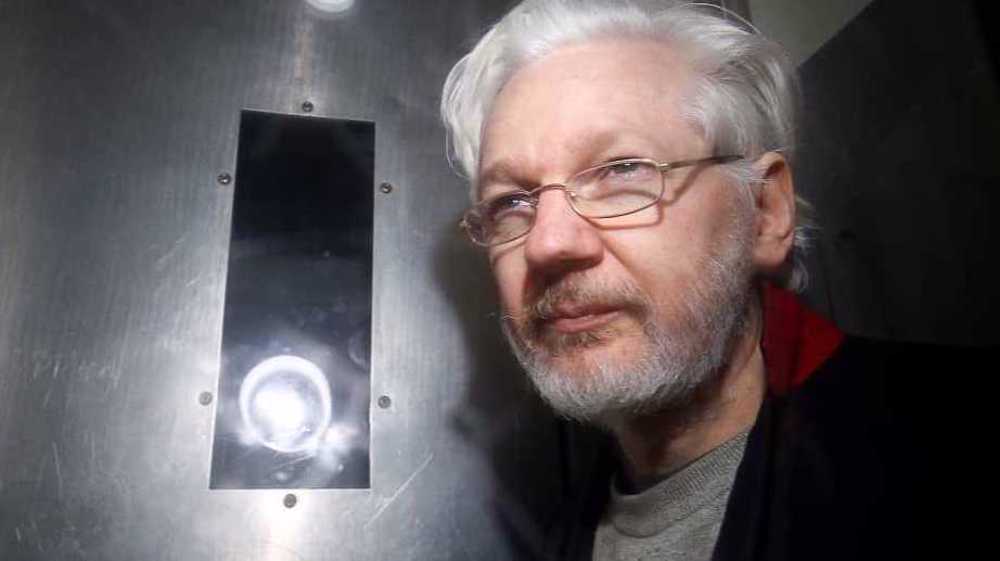
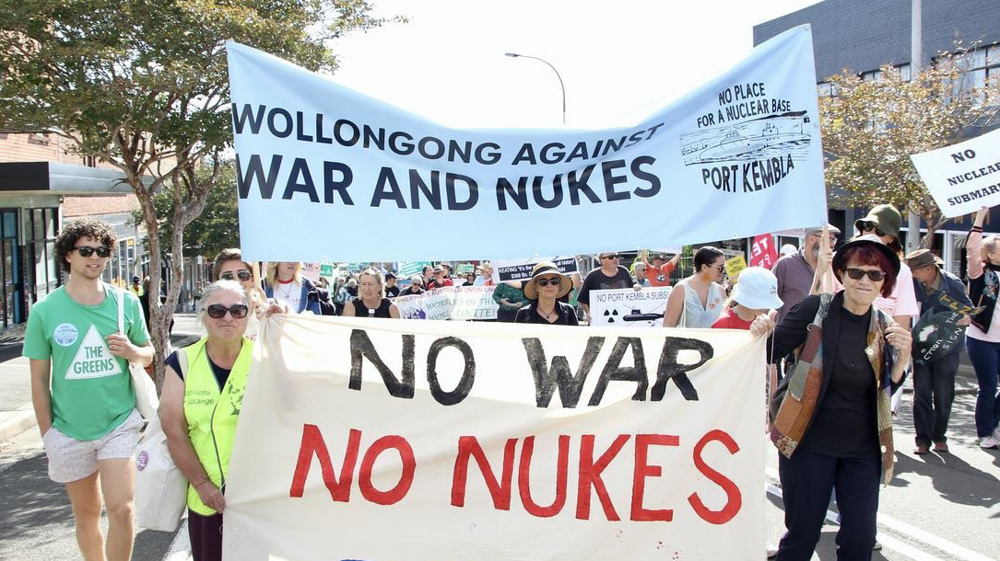

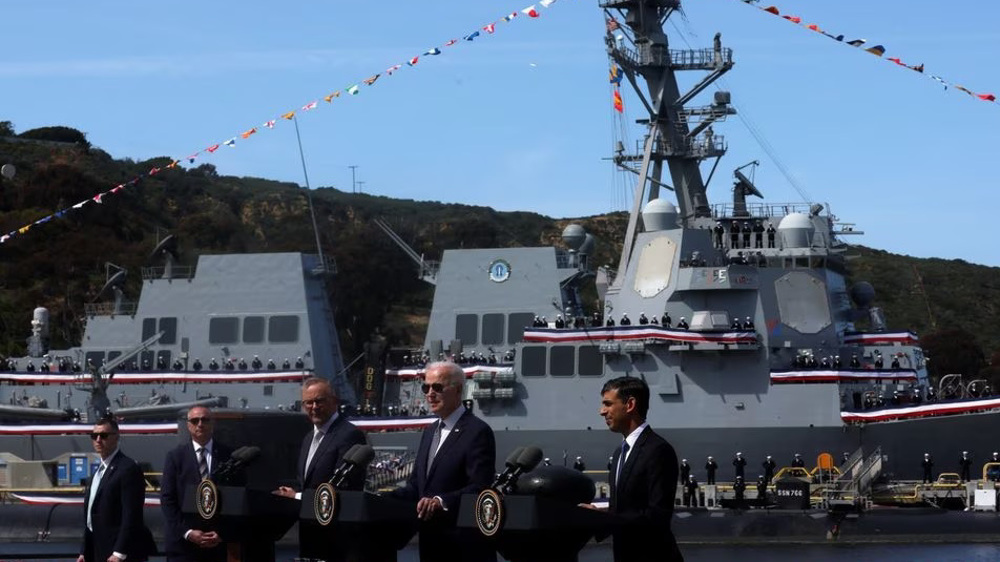

 This makes it easy to access the Press TV website
This makes it easy to access the Press TV website